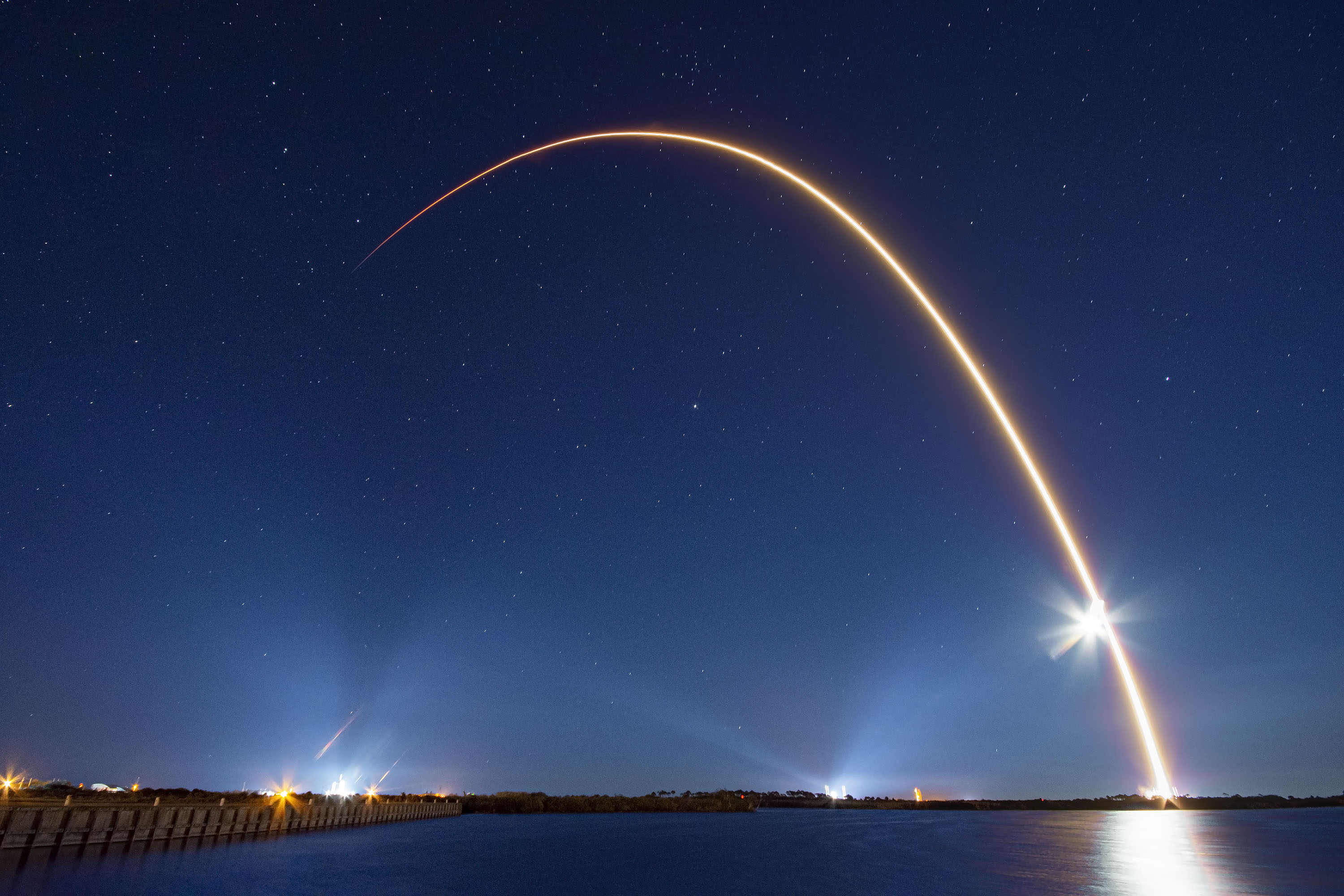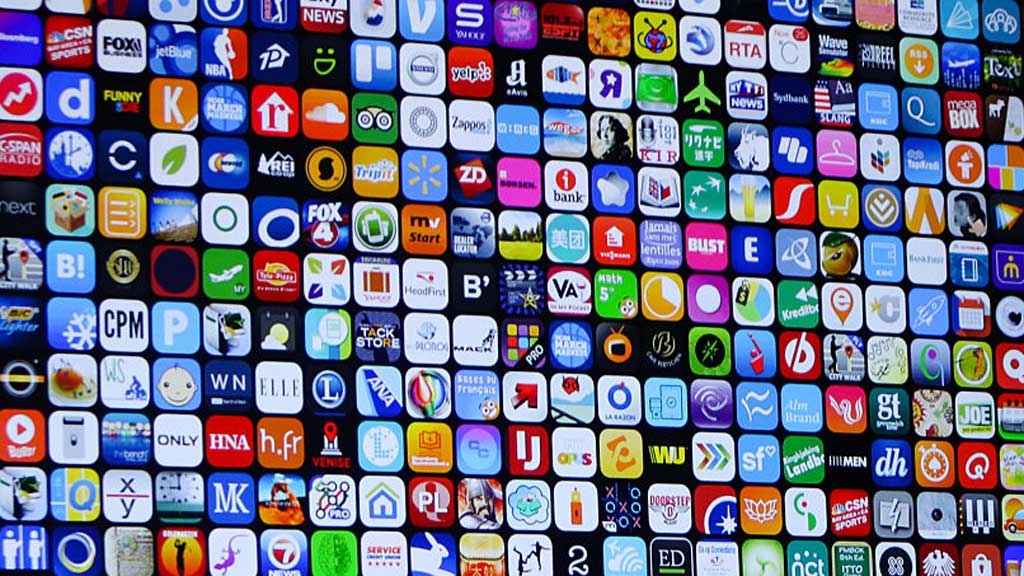Last week on Saturday, September 18, FIRST (For Inspiration and Recognition of Science and Technology) announced the challenge for the 2021-22 FTC (FIRST Tech Challenge) season. Immediately following the announcement, hundreds of teams from all over the world started to analyze the game and come up with a solution to the challenge. This year’s challenge, Freight Frenzy, for 7-12th graders, involves scoring small whiffle balls, boxes, and rubber ducks into different goals placed around the field. Teams will design, build, and program a robot that fits within an 18^3 inch box to complete the goals outlined by the challenge. For every match, teams will ally with another team and compete against two other teams on a 12*12ft playing field, trying to score as many points as possible. Every match starts with a 30-second autonomous period in which the drivers can’t control the robot manually but are only controlled by in-game elements; followed by a 2-minute driver-controlled period where the robots are controlled manually.
This season, the teams must pick up these game elements from the corner of the field, drive over a small barrier, and then place them on a 3-tiered goal or onto a shared hub that needs to be tilted in their favor. In addition, the boxes have differing weights, adding the potential need to sort them to place them in more favorable locations. In addition, there are elements to the game that make it advantageous for teams to scan the field for different scoring opportunities during autonomous. Finally, at the end of the driver-controlled period, the teams can place a team-created scoring element on top of the goal and roll rubber ducks onto the field for additional points.
This challenge provides many opportunities for the students to learn about how to design, build and program a robot. When I was in 8-12th grade, I competed on an FTC team, 12043 Power Surge, in similar challenges, winning the state championship twice. This year, as a college freshman, and my old team retired, I am mentoring a younger team, 13377 Blackout. I have seen what a profound impact this program can make on the students and that is what inspired me to give back by helping to teach the next group of students.
If you would like to learn more, you can watch the game reveal video: FTC Freight Frenzy








